This article was medically reviewed by Erik Kramer, DO, MPH. Dr. Erik Kramer is a Board-Certified Primary Care Physician at the University of Colorado. With over 15 years of experience, his clinical interests include obesity and weight management, diabetes care, and preventive care, as well as embracing a holistic approach to primary care. He received his Doctorate in Osteopathic Medicine (D.O.) from the Touro University Nevada College of Osteopathic Medicine and completed his residency at Central Maine Medical Center. Dr. Kramer is a Diplomate of the American Board of Obesity Medicine.
wikiHow marks an article as reader-approved once it receives enough positive feedback. In this case, 95% of readers who voted found the article helpful, earning it our reader-approved status.
This article has been viewed 189,062 times.
Salivary glands are important parts of our anatomy that help to produce saliva in our mouths. A clogged salivary duct can be painful and may even lead to an infection. Salivary gland stones are often the culprit and may be caused by dehydration, trauma, and diuretic or anticholinergic medications. It’s possible to unclog a salivary duct at home by drinking more water, sucking on sour treats, or doing a gentle massage. However, if the blockage is severe and you are unable to unclog it at home, it is important to see your doctor for treatment.
Steps
Recognizing Signs and Symptoms
-
1Notice dry mouth. Dry mouth is the most common symptom of a blocked salivary duct. It is caused by decreased saliva production made possible by whatever is blocking the duct. Dry mouth is an uncomfortable condition that may lead to dry, cracked lips and bad breath. A key sensation is a bad taste in the mouth. This is one of the first signs of a blocked salivary duct.[1]
- Keep in mind that dry mouth can also be a symptom of many other things too, such as certain medications, dehydration, cancer treatment, and tobacco use. Make sure to rule out other possible conditions that can cause dry mouth.
-
2Pay attention to pain in the face or mouth. Salivary glands are located in a number of areas in the mouth: under the tongue, inside the cheeks, and at the floor of the mouth. A blockage can cause mild to intense pain in any of those areas, depending on where the duct is located, the size of the stone, and the length of time you’ve been affected by the blockage. The pain may come and go, but typically gets worse as time goes on.[2]
- About 80-90% of stones are found in the submandibular gland (underneath the jaw), but it's possible to develop a stone in the parotid (on the sides of the mouth) or sublingual (under the tongue) glands as well since these are the 3 major salivary glands in the body.
Advertisement -
3Look for swelling of the face or neck. When saliva cannot exit a blocked gland, swelling will occur. You may notice swelling below the jaw or ears, depending on which gland is blocked. This swelling may be accompanied by pain in the area, which may make it difficult to eat and drink.[3]
-
4Watch for increased pain while eating or drinking. Another main issue that accompanies a blocked salivary duct is difficulty eating and drinking. Some people with this condition experience a sharp and stabbing pain right before or during meals. The pain may be present while chewing or when you open your mouth. You may also have trouble swallowing when a salivary duct is blocked.[4]
- Intense pain may be caused by a stone completely blocking the salivary gland.[5]
-
5Be aware of signs of infection. Untreated salivary blockage can cause infection in the salivary gland. When saliva is trapped in the gland, bacteria are more likely to develop and spread. Signs of infection include redness and pus around the stone. Fever is another sign of infection.[6]
- It’s important to schedule an appointment with a doctor as soon as you suspect an infection. They can quickly treat it and prescribe antibiotics to clear it up.
Clearing the Blocked Salivary Duct at Home
-
1Drink a lot of water to keep the mouth hydrated. One of the first steps you should take if you have a blocked salivary glad is to increase your water intake. Drinking water can help you to stay hydrated and increase saliva flow, which may relieve dry mouth. Keep a bottle of water at your side and sip some throughout the day to ensure you stay hydrated.[7]
- It is recommended that women drink about 11.5 cups (2.7 L) of fluids per day, while men drink at least 15.5 cups (3.7 L) per day. Of course, this all depends on your activity level, environment, and weight. If you exercise frequently, live in a hot and humid environment, or are overweight, plan to drink more water.[8]
-
2Take over-the-counter medications to relieve pain and swelling. If you’re experiencing intense pain from a blocked salivary gland, relieve your symptoms with an over-the-counter pain reliever. Some common medications to alleviate pain and inflammation include ibuprofen and acetaminophen. Make sure to follow the instructions when taking these medications so you know when and how often to take it.[9]
- Eating something cold such as ice cubes or popsicles can also help to reduce pain and swelling if you don’t have medication at home.
-
3Suck on citrus fruits or hard candies to dislodge a stone. A great way to unclog a blocked salivary duct is to suck on something sour, such as a lemon wedge or sour candies. These treats can increase the flow of saliva, and gradually dislodge a stone that’s blocking the duct. Make sure to suck on the candy or fruit for as long as possible, instead of chewing and swallowing it right away.[10]
-
4Massage the salivary gland with your fingers. Another remedy for a blocked salivary is to massage the affected area. A gentle massage with the fingers can help to relieve pain and encourage the stone to pass through the duct. To correctly perform the massage, locate the exact area where the duct is blocked. It may be in the cheek area right in front of your ear or under the jaw close to your chin. Place your index and middle finger on the area you feel pain or swelling and gently apply pressure as you move them forward along the gland.
- Massage your salivary gland as many times as you need to until the blocked duct is cleared. Stop the massage if it becomes too painful.
-
5Apply warm compresses to your neck to ease pain and swelling. Apply the compress for 10 minutes at a time and repeat throughout the day as needed. You can either make a warm compress at home or purchase one at your local drug store.[11]
- To make a warm compress, fill a bowl with warm water, making sure it is not too hot. You'll know it's too hot if it is uncomfortable or painful to the touch. Take a clean washcloth and submerge it completely in the water. Then, wring it out until it is just damp. Fold it, put it on the painful area, and leave it on for several minutes. When the washcloth gets cold, repeat this process with a new, clean washcloth and bowl of warm water.
Undergoing Medical Treatment
-
1Seek a medical professional if you’re unable to remove the blockage at home. If all attempts to remove the blockage on your own have failed, you need to contact your doctor, especially if you are experiencing a lot of pain. It’s also important to talk to a doctor if you suspect an infection caused by salivary gland stones. If a doctor is unable to remove the stone, they may refer you to the hospital for surgery.[12]
-
2Consider a sialendoscopy to remove salivary gland stones. A sialendoscopy is a less invasive method of removing salivary gland stones. In this method, an endoscope is inserted into the opening of the duct and a small wire is used to remove the stone. This procedure takes about 30-60 minutes to complete and patients heal and recover very quickly. The only major side effects are pain and swelling of the salivary gland that generally does not last very long.[15]
- Your doctor will consider the size, shape, and location of the stone when determining if it can be removed with a sialendoscopy. They are more likely to do this procedure if the stone is small.
-
3Undergo surgery to remove large salivary stones. Stones that are smaller than 2 millimetres (0.079 in) are typically removed without surgery. However, stones larger than that are harder to remove, and surgery may be your only option. Surgery for salivary stone removal involves making a small incision in the mouth.[16]
- Surgery may also be necessary for those who get recurring salivary gland stones.
Warnings
- Never try to use a sharp instrument to remove a blocked salivary duct. This may cause injury or infection.⧼thumbs_response⧽
References
- ↑ https://www.medicalnewstoday.com/articles/187640.php
- ↑ https://medlineplus.gov/ency/article/001039.htm
- ↑ https://medlineplus.gov/ency/article/001039.htm
- ↑ https://medlineplus.gov/ency/article/001039.htm
- ↑ https://www.nhs.uk/conditions/salivary-gland-stones/
- ↑ https://www.medicalnewstoday.com/articles/324421.php
- ↑ https://www.medicalnewstoday.com/articles/324421.php
- ↑ https://www.medicalnewstoday.com/articles/324421.php
- ↑ https://www.medicalnewstoday.com/articles/324421.php
- ↑ https://www.medicalnewstoday.com/articles/324421.php
- ↑ https://www.medstarwashington.org/our-services/ear-nose-throat/conditions/salivary-gland-conditions/
- ↑ https://www.nhs.uk/conditions/salivary-gland-stones/
- ↑ https://www.medicalnewstoday.com/articles/324421.php
- ↑ https://www.medicalnewstoday.com/articles/324421.php
- ↑ https://www.medicalnewstoday.com/articles/324421.php
- ↑ https://www.medicalnewstoday.com/articles/324421.php
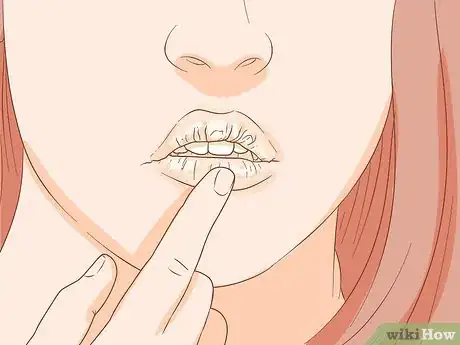


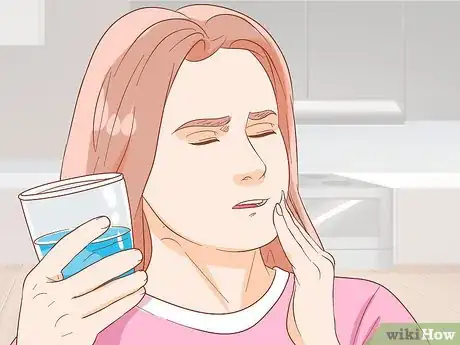


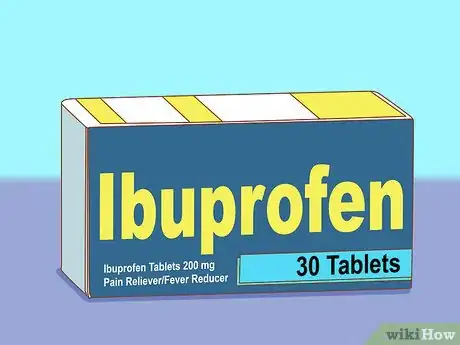
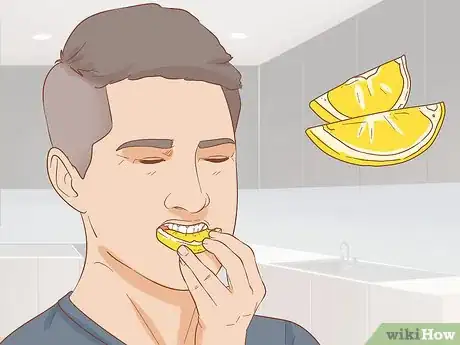
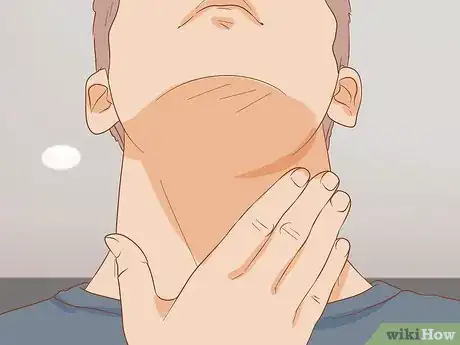
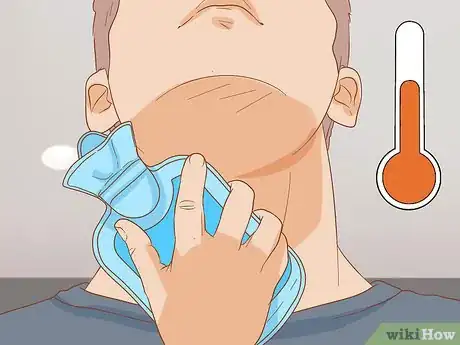
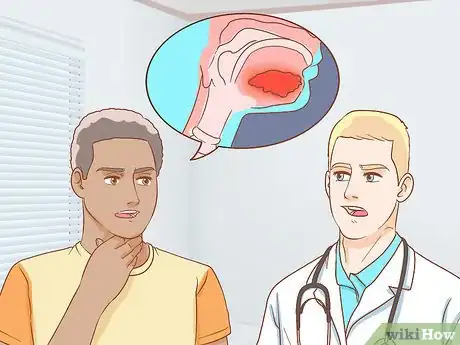
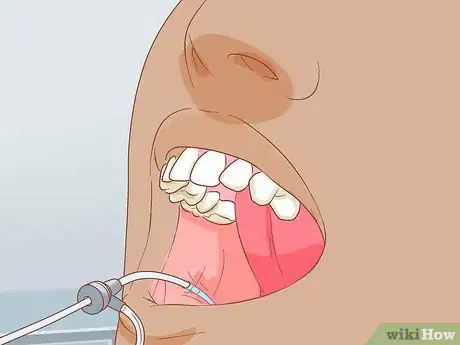
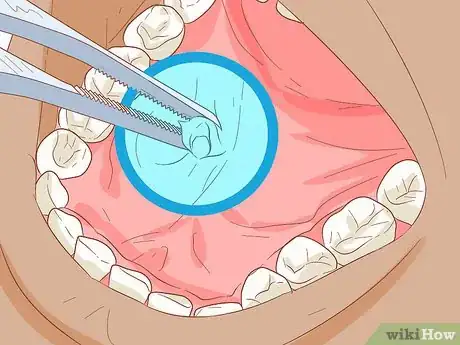
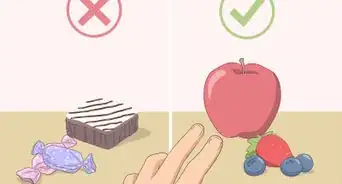



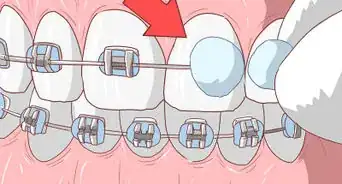
-Step-22.webp)
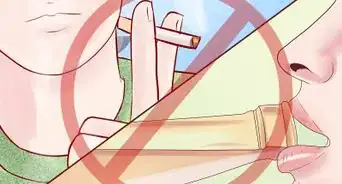
















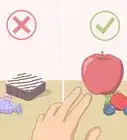






































Medical Disclaimer
The content of this article is not intended to be a substitute for professional medical advice, examination, diagnosis, or treatment. You should always contact your doctor or other qualified healthcare professional before starting, changing, or stopping any kind of health treatment.
Read More...